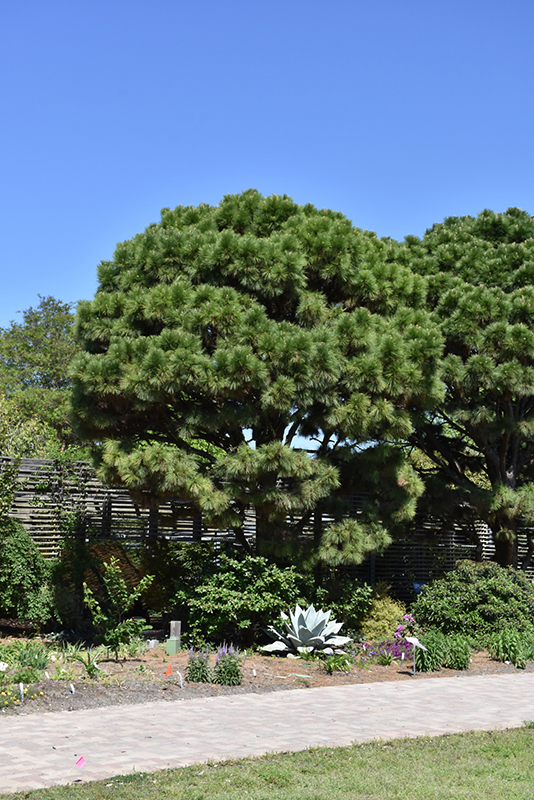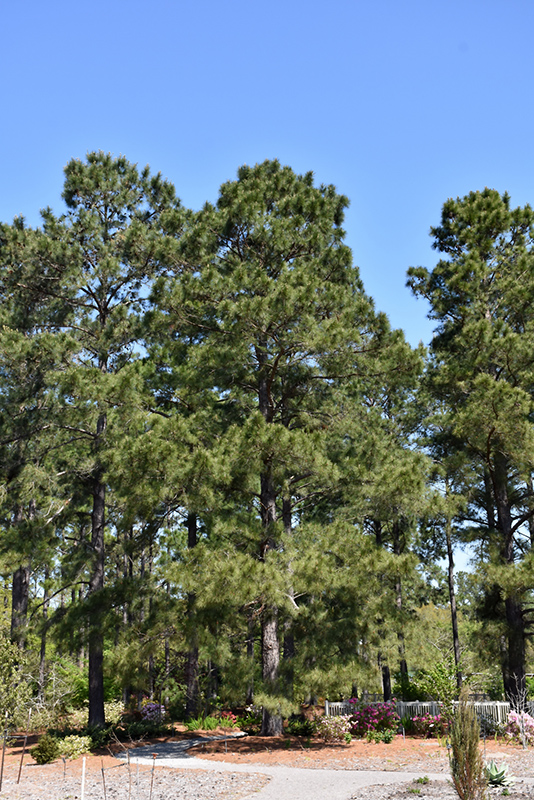>> Home
Height: 60 feet
Spread: 30 feet
Sunlight:
![]()
![]()
Hardiness Zone: 5
Description:
A fast growing pyramidal evergreen that becomes more rounded, loosing lower branches with age; open and airy branches displaying long, soft needles; excellent as a landscape feature or fast screen; tolerant of poor soils
Ornamental Features
Loblolly Pine is primarily valued in the landscape for its distinctively pyramidal habit of growth. It has dark green evergreen foliage. The needles remain dark green throughout the winter. The shaggy brick red bark adds an interesting dimension to the landscape.
Landscape Attributes
Loblolly Pine is an open evergreen tree with a strong central leader and a distinctive and refined pyramidal form. Its relatively fine texture sets it apart from other landscape plants with less refined foliage.
This is a relatively low maintenance tree. When pruning is necessary, it is recommended to only trim back the new growth of the current season, other than to remove any dieback. It is a good choice for attracting birds to your yard. It has no significant negative characteristics.
Loblolly Pine is recommended for the following landscape applications;
- Accent
- Shade
- Vertical Accent
- Hedges/Screening
Planting & Growing
Loblolly Pine will grow to be about 60 feet tall at maturity, with a spread of 30 feet. It has a low canopy with a typical clearance of 4 feet from the ground, and should not be planted underneath power lines. It grows at a fast rate, and under ideal conditions can be expected to live for 80 years or more.
This tree does best in full sun to partial shade. It prefers dry to average moisture levels with very well-drained soil, and will often die in standing water. It is considered to be drought-tolerant, and thus makes an ideal choice for xeriscaping or the moisture-conserving landscape. It is not particular as to soil type or pH. It is highly tolerant of urban pollution and will even thrive in inner city environments. This species is native to parts of North America.

